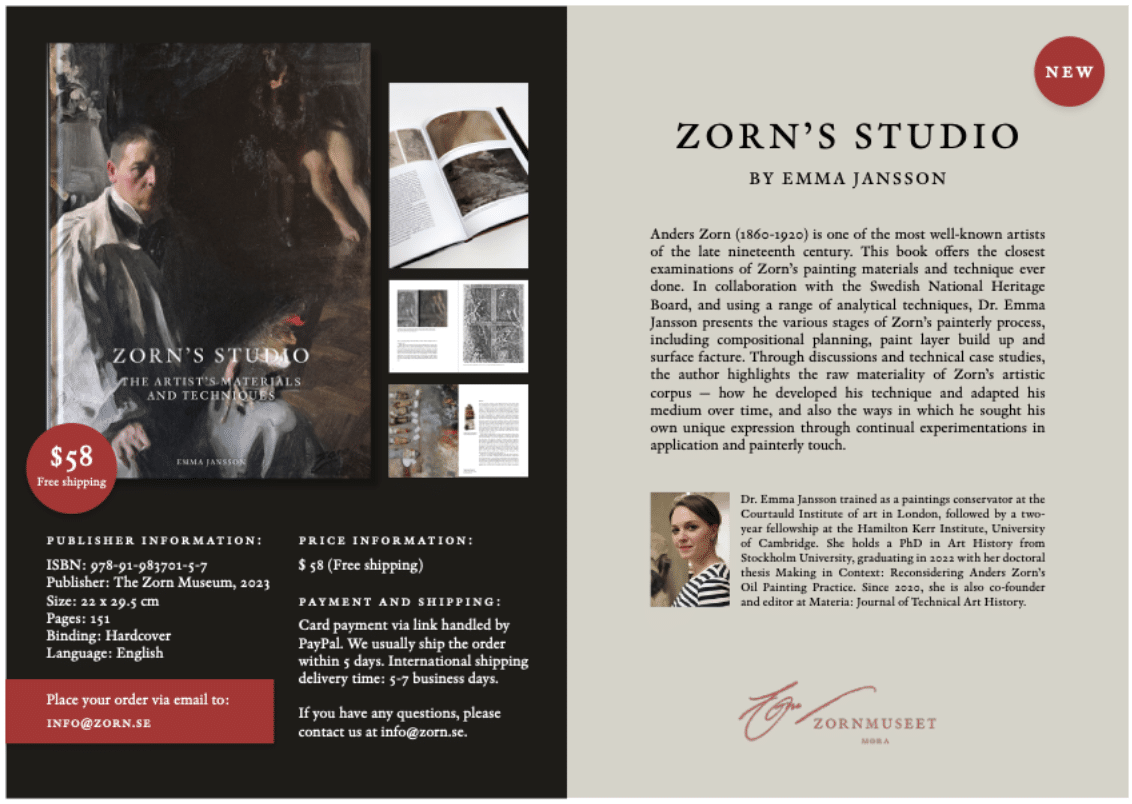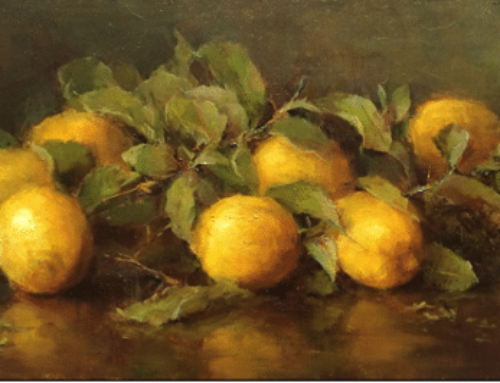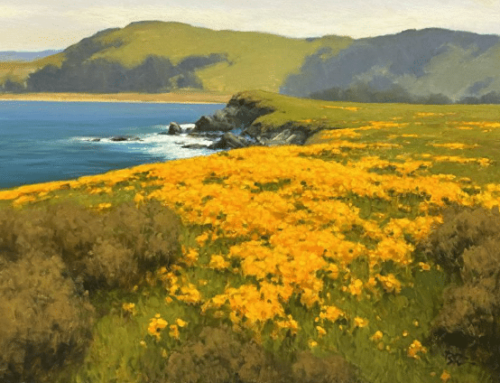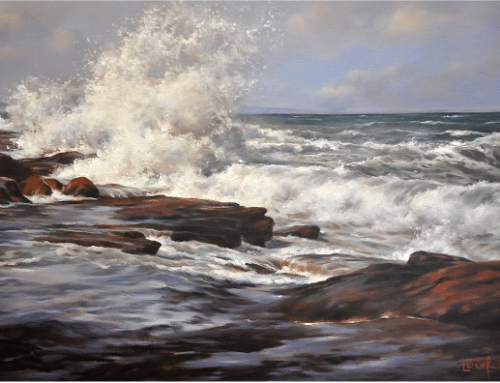He was the most fashionable portraitist in the most fashionable place in the Western world: Parisian high society during the Belle Epoch, or “Beautiful Period” of 1871–1880, a golden age of aristocratic prosperity and joie de vivre (from the title of a book by Émile Zola). The most glamorous women of his time vied to sit for him, trusting in his brush and his very personal style to render them immortal.
Often ranked with Sargent, Sorolla, and Zorn, Giovanni Boldini (1842-1931) was an outstanding post-Impressionist Salon artist, one of the finest portrait and genre masters of the period. Though lesser known than they, Boldini was 19th century Paris’s most popular, fashionable, and in-demand portraitist of high society.
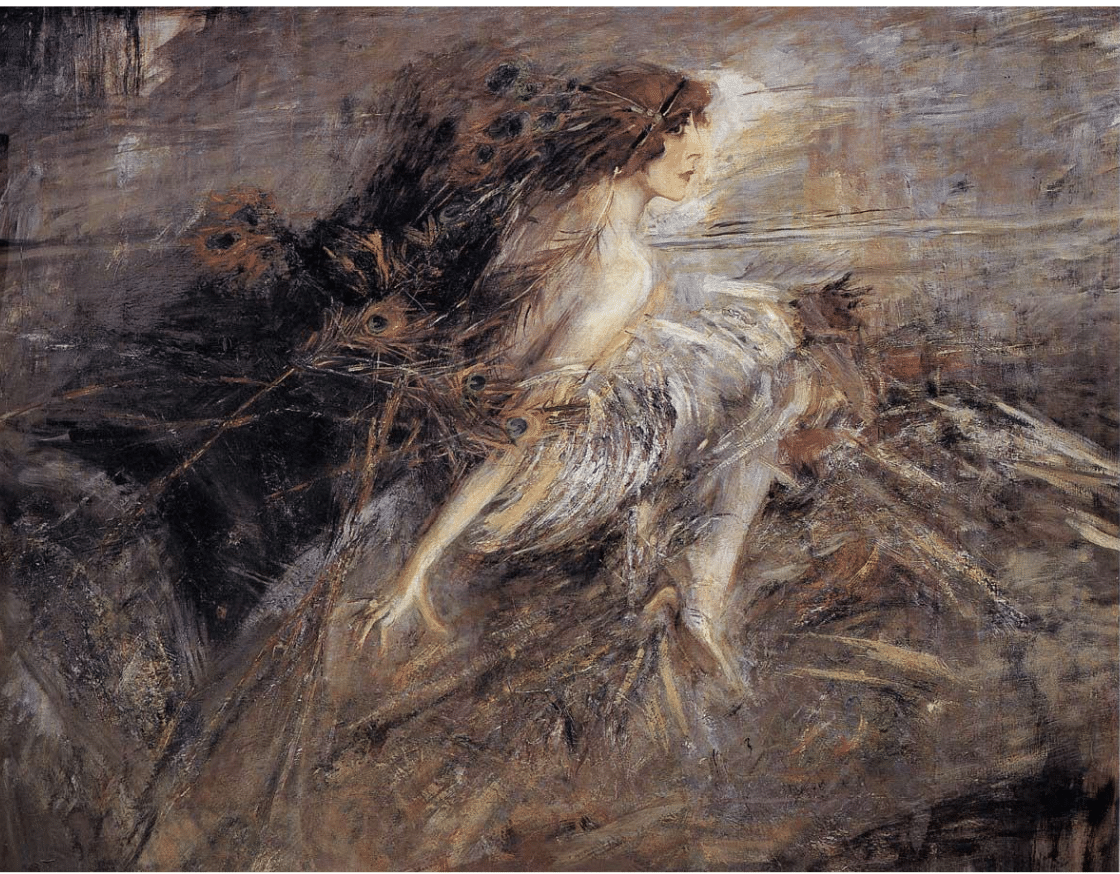
Portrait of the Marquise Luisa Casati (1881-1957), height: 136 cm (53.5 in); width: 186 cm (73.2 in)
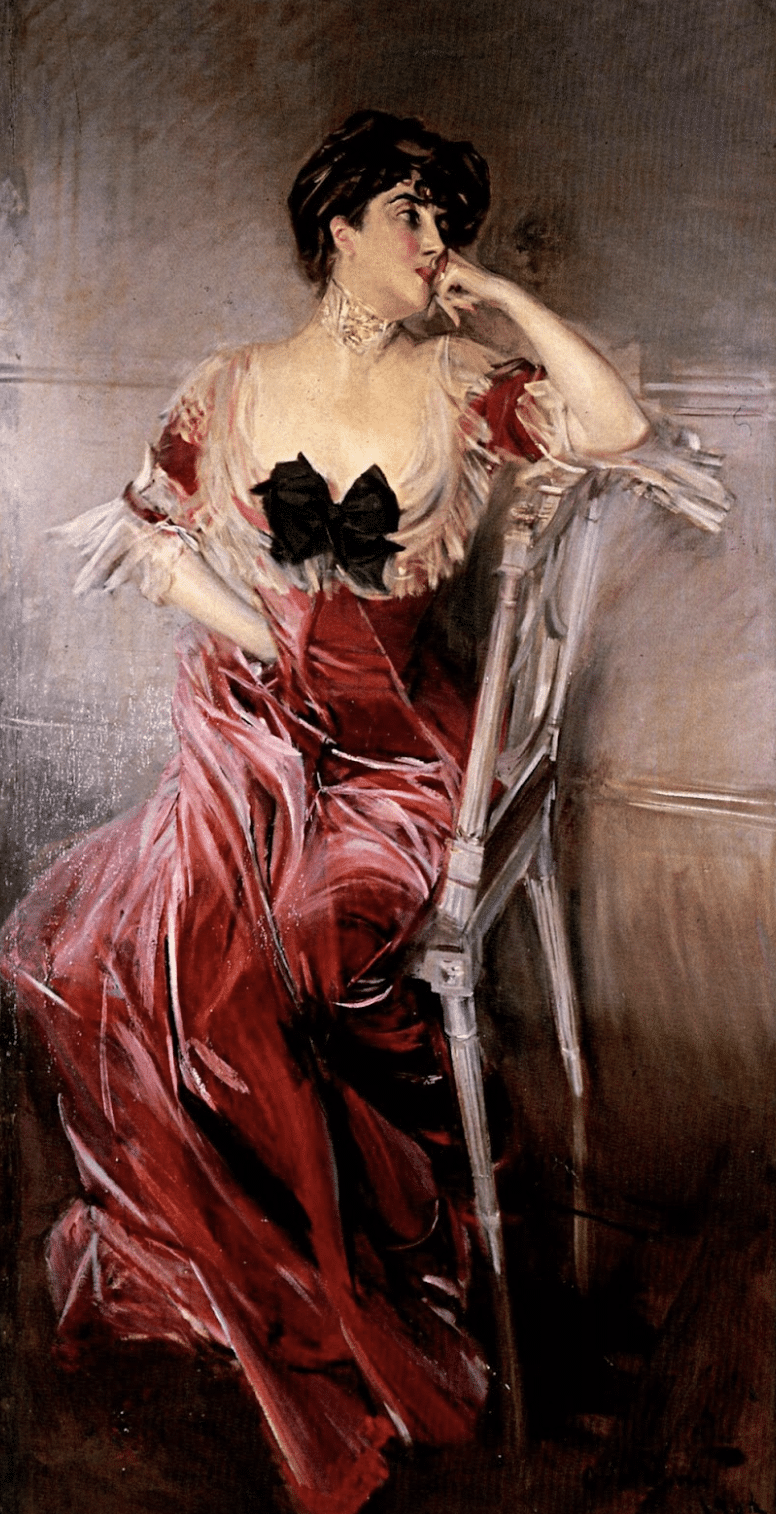
One of “Boldini’s Belles” in red.
The son of a painter of religious subjects, Boldini first learned to paint among a circle of Italian realists called the Macchiaioli who ended up influencing the development of Impressionism (Boldini later painted with Degas).
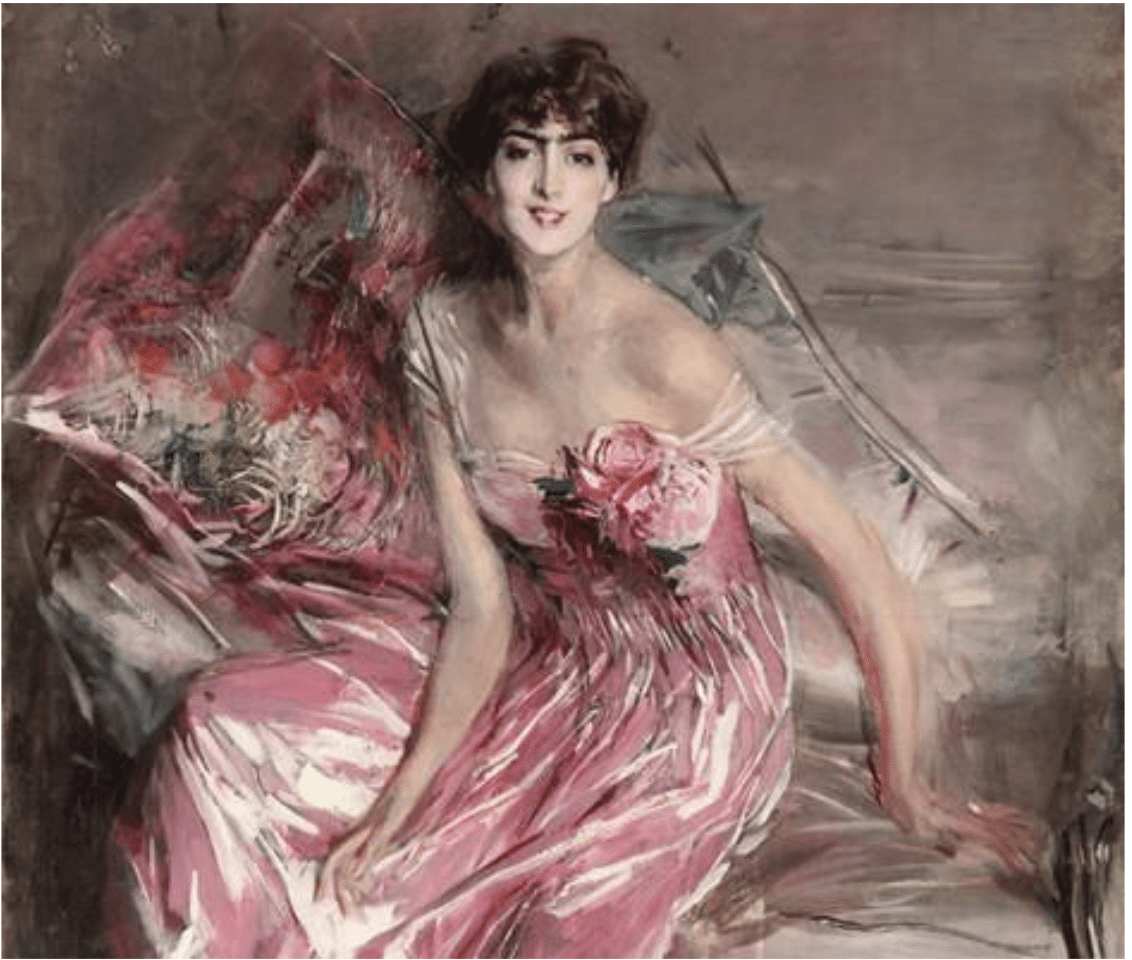
Another of “Boldini’s Belles”
Boldini was 20 in 1862, when he arrived at Florence’s Academy of Fine Arts. That’s where he met the Macchiaioli and quickly started skipping his classes to join them in painting plein air landscapes that registered a spontaneous response to nature.
After subsequent training in Paris and London, Boldini settled permanently in the French capital where he developed his own unmistakable style and dominated the high-society portrait market.
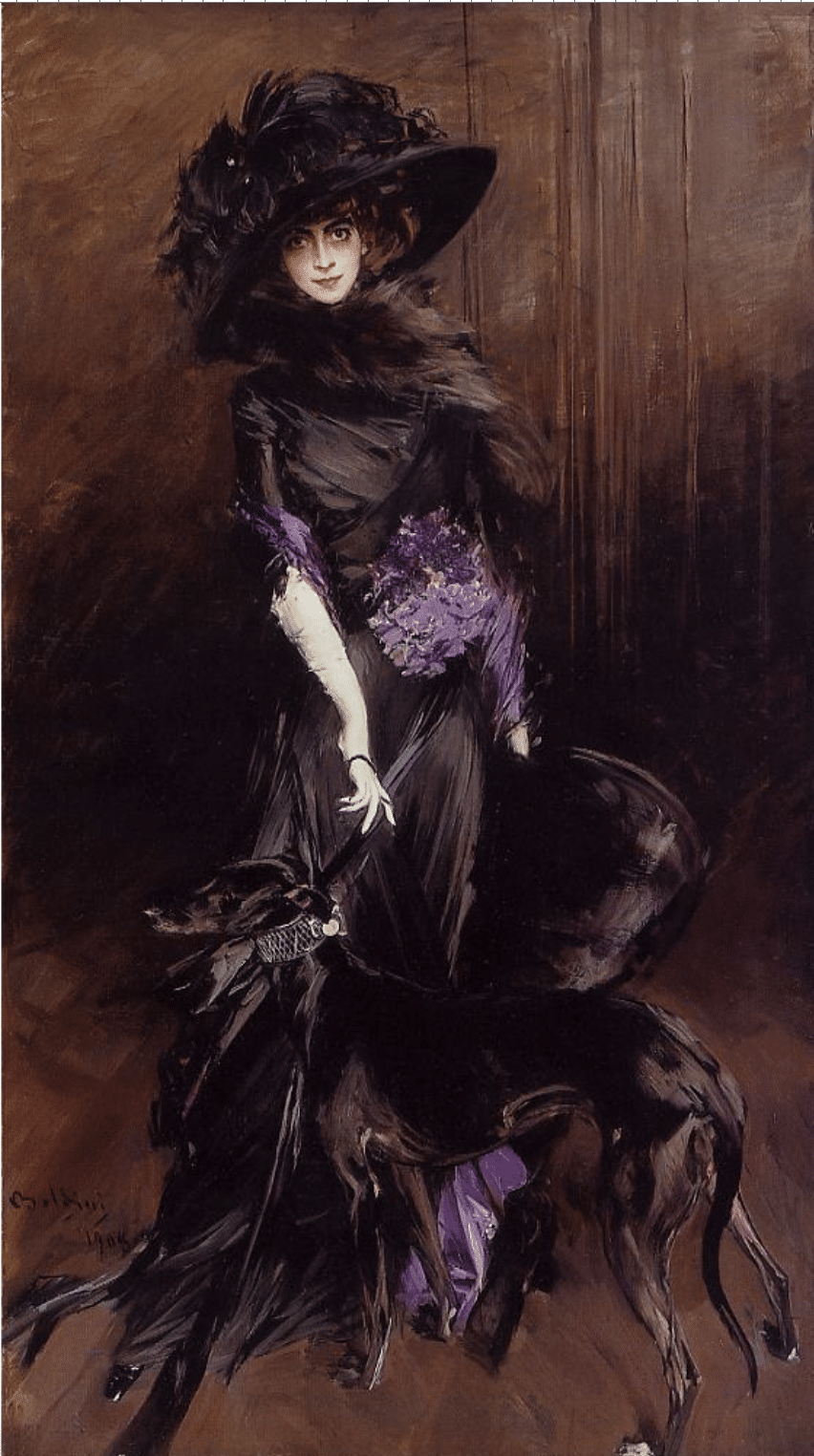
Giovanni Boldini, La Marchesa Luisa Casati, 1908.
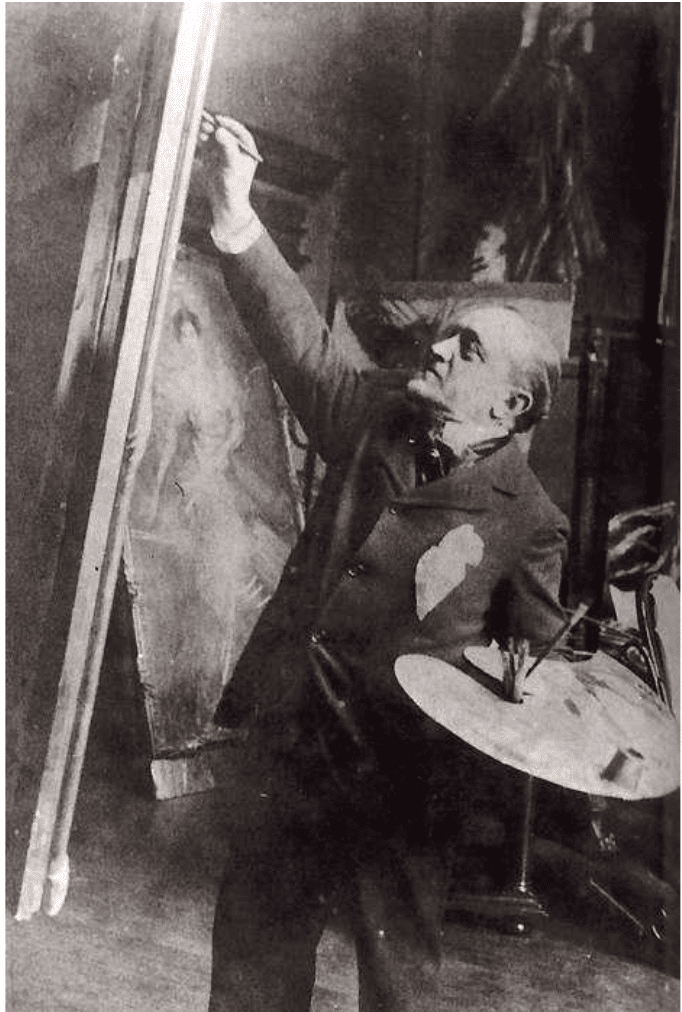
Photograph of Boldini in his atelier, by Alice Guérin, c. 1925.
Boldini lived and worked in Paris for most of his career. According to a 1933 article in Time magazine, he was known as the “Master of Swish.” He likely earned that moniker for the same reason he differs from his peers: Boldini rendered many of his portraits of women as if in motion, their elaborate dresses swirling and flowing as his figures swivel, twist toward or away from, or rise to meet the viewer.
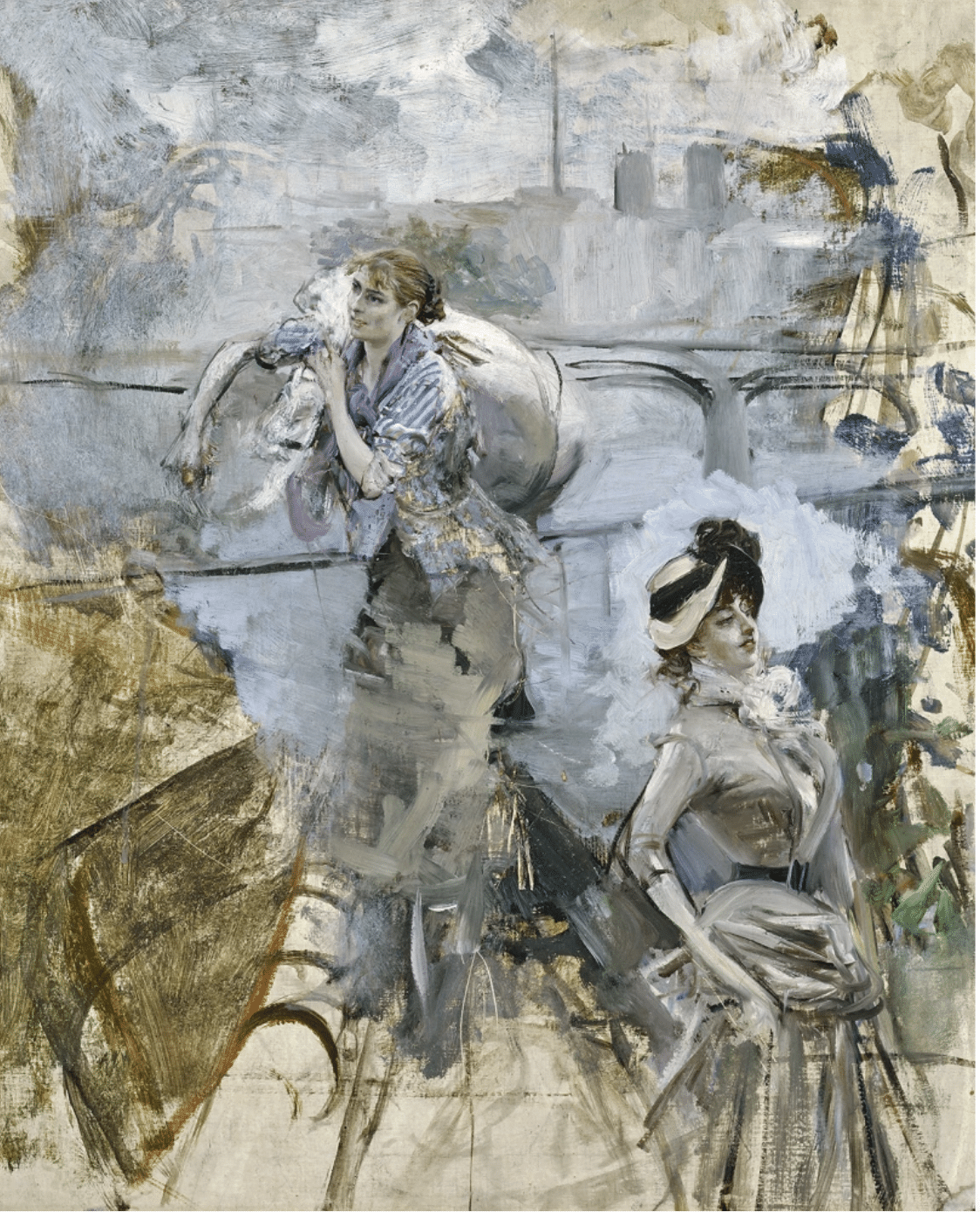
Giovani Bolidini, PARIS TYPES: A STUDY OF TWO WOMEN, circa 1878
Oil on canvas 24 1/4 by 18 3/4 in
Boldini died in Paris on 11 January 1931. The New York Times wrote of his career as follows:
“Boldini … ‘did’ all the grandes dames of Paris, and at a certain period to have a portrait painted by Boldini was a crowning event of social season. His style was racy and advanced for his time, and he believed that his paintings touched the extreme limit of convention. His work was the talk of numerous salons. And then he was superseded by Vandongens and Etcheverrys and Domerguesand others whose daring shocked and discouraged Boldini. He had not painted for many years before his death. His body was taken to Ferrara, his native city, for burial.”
Boldini’s portraits, like the art of Sargent, Sorolla, and Zorn, are still admired for the impression they give of clear observation, spontaneous depiction, and bold brush handling.
You can learn a lot from the painters of this period by studying with Thomas Jefferson Kitts in his videos on Sargent and Sorolla.
New Zorn Book Available
We neglected, in our recent review of Emma Jenssen’s new book on Anders Zorn, “Zorn’s Studio,” to include instructions for ordering the book, which it turns out is not on offer from the usual Internet suspects. The missing information is below.
